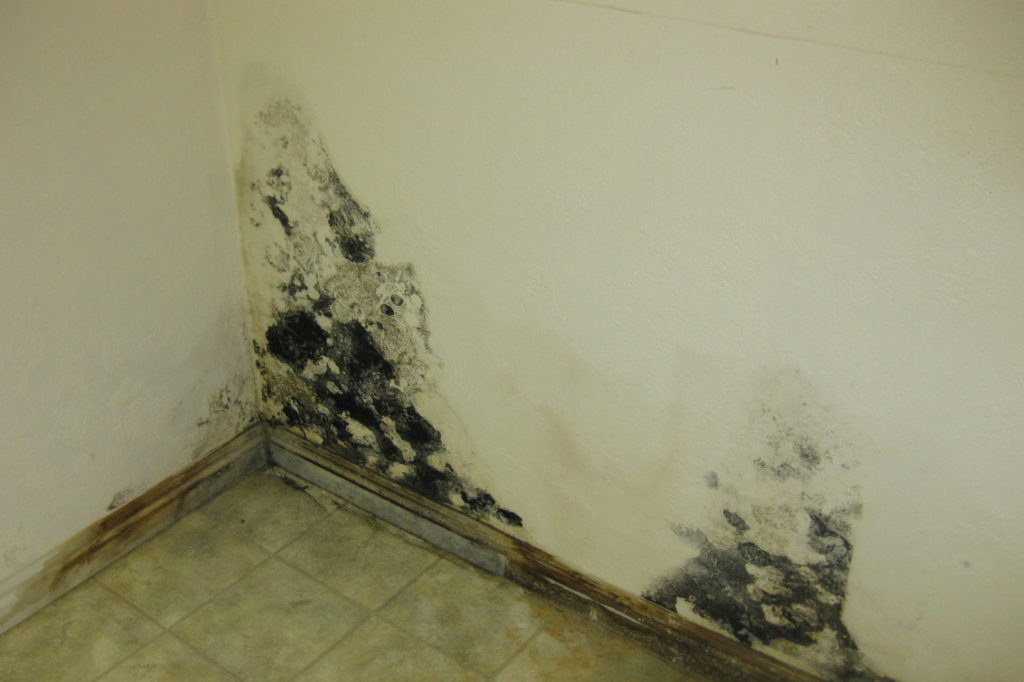Finding and getting rid of mold from crawl spaces can be a painstaking task. Many believe that the presence of mold is a bad omen or a lack of cleanliness. But truth be told, molds are a common sight, especially if you live in a place that is constantly moist, damp, and humid. Mold in crawl space could also be the result of stagnant water, heavy rains, and internal pipe burst/leak. There are different types of molds, and if you see one growing on your walls, address it quickly. We will tell you how.
Dangers of Mold in Crawl Spaces
Yellow molds are common and are typically referred to as house eating mold. These microbes thrive by eating away the wood inside the crawl space. Common places where yellow molds grow are houseplants’ soil and dirt.
Next, we have the black, flaky molds (aspergillus) that are most commonly found inside the houses. They aren’t health-hazardous but can cause problems, such as respiratory diseases in children who have a weaker immune system. They are one of the common airborne fungi that can be found in homes.
Finally, we have the Stachybotrys mold, which is the most toxic one. If you find it growing in the dirt, drywall, carpet, insulation, etc., call a professional mold damage restoration company to get rid of it.
- Wheezing, sneezing, cough, and asthma (Alternaria mold)
- Serious respiratory problems in children, asthma patients and old people (Cladosporium)

How to Get Rid of Molds from Crawl Spaces
The time to take in eliminating mold totally depends upon how long the mold has been growing and how much it has spread.
Check the Damage Caused
Inspect your mold. Depending upon the growth, the procedure could be a simple cleaning process with vinegar and baking soda or a complex process that requires special tools and solutions. Make sure you wear a respirator mask and gloves before inspecting the mold.
How to Prepare for Mold Removal Process
Since molds grow in dark, humid, and damp spaces, ventilating and circulating air in the area should stop them from spreading further. Set up fans around the crawl space and open doors and windows to promote air circulation. Make sure there is enough light for you to see the dark space. Spread some plastic sheets or newspapers beneath the surface so that they collect the mold when you scrap them.
Apply Chemical Solutions
You get readymade mold removal sprays in the market these days. Buy a good brand solution and spray the liquid on the surface to saturate the area. The best kind would kill the mold instantly. Let the solution sit for a few minutes and the scrap or scrub the surface thoroughly. Most mold cleansers come with safety instructions written at the back. Follow the instructions on how to store and use the product safely.
You also get foaming cleaning products specially formulated to expand and loosen molds. Commercial products remove mold stains as well. Remember to use a stiff-bristled scrubber to remove the mold.
Disposing of the Mold
Once the molds have been removed, carefully pack the plastic sheet or newspaper, and seal it in a garbage bag. Dispose of the gears you had worn during the process, right from gloves, coveralls, dress, and mask to the brushes and rest of the tools.
Make sure you properly seal the items in a separate trash bag and keep it outside.
Blasting Mold with Surface Blaster
Blasting mold is the last option. You should use a surface blaster only when the mold is severe and doesn’t come loose using a cleaner. A sandblaster can be rented to bombard the surface with high pressure. follow the operational instruction written on the equipment and use it accordingly. Although blasting is a long process, it removes every single trace of mold for good.